Ever Wonder How Sticky Note Pads Are Made on a Production Line?
Curious about how those handy sticky notes appear? The process seems complex, from paper to adhesive. Discover the fascinating journey of sticky note production.
Sticky note production involves precise paper cutting, adhesive application, stacking, and packaging, all orchestrated by specialized machinery for efficiency and quality. It’s a streamlined industrial process.
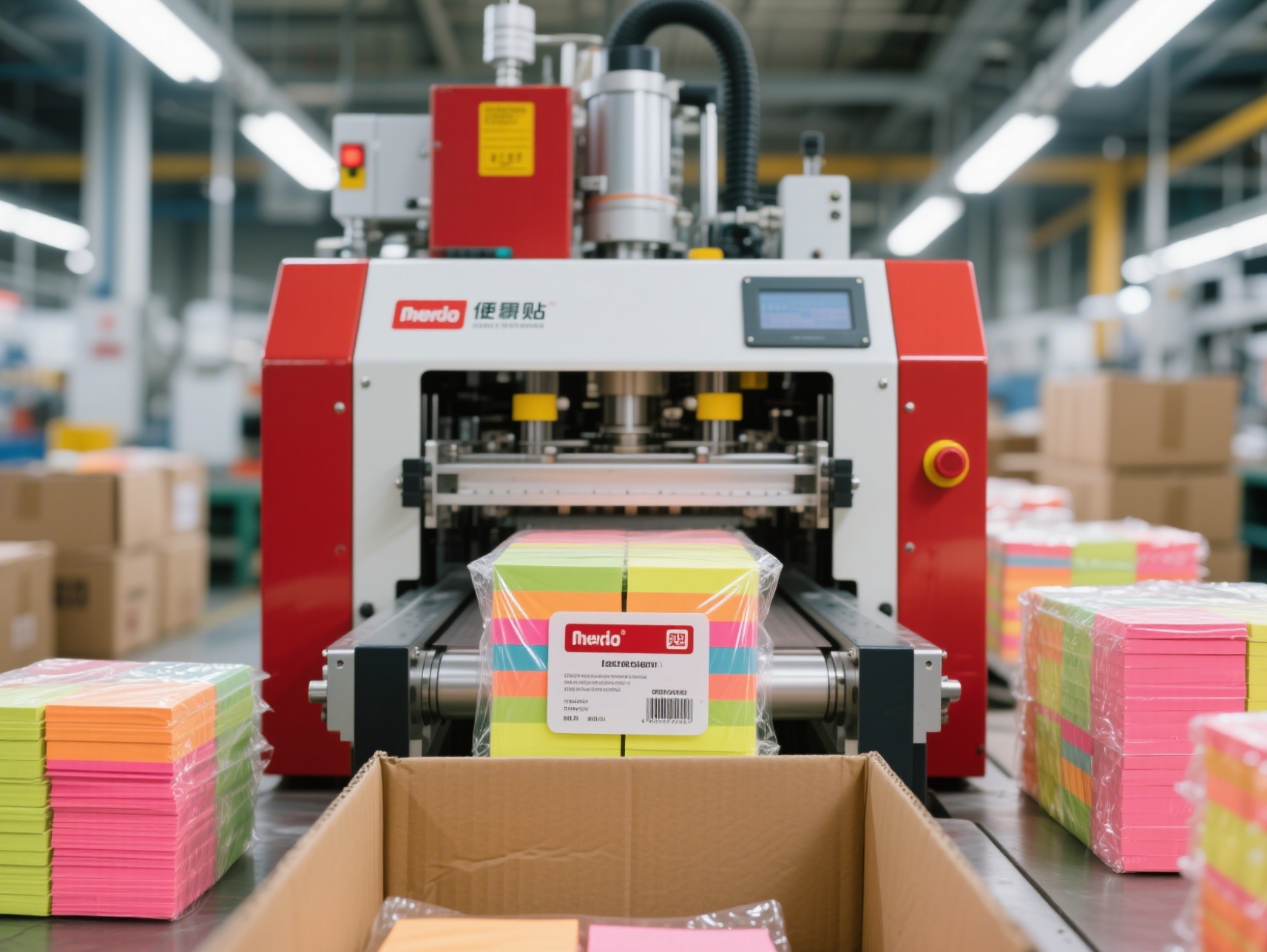
The journey from a simple roll of paper to a pad of sticky notes is quite something. It involves several key stages, each requiring precision and the right technology. As Jacob from Kylin Machine, I’ve spent over two decades in the world of post-press machinery, and while we focus on things like rigid box and hard book cover solutions, the core principles of efficient, quality manufacturing are universal. I find the engineering behind everyday items fascinating. Let’s delve deeper into how these everyday essentials come to life.
How are sticky notes manufactured?
Unsure about the actual steps in making sticky notes? It’s more than just paper and glue, right? Let’s break down the manufacturing process step-by-step.
Sticky notes are made by printing (if needed), applying a special repositionable adhesive to paper, cutting it to size, stacking sheets into pads, and then packaging them.
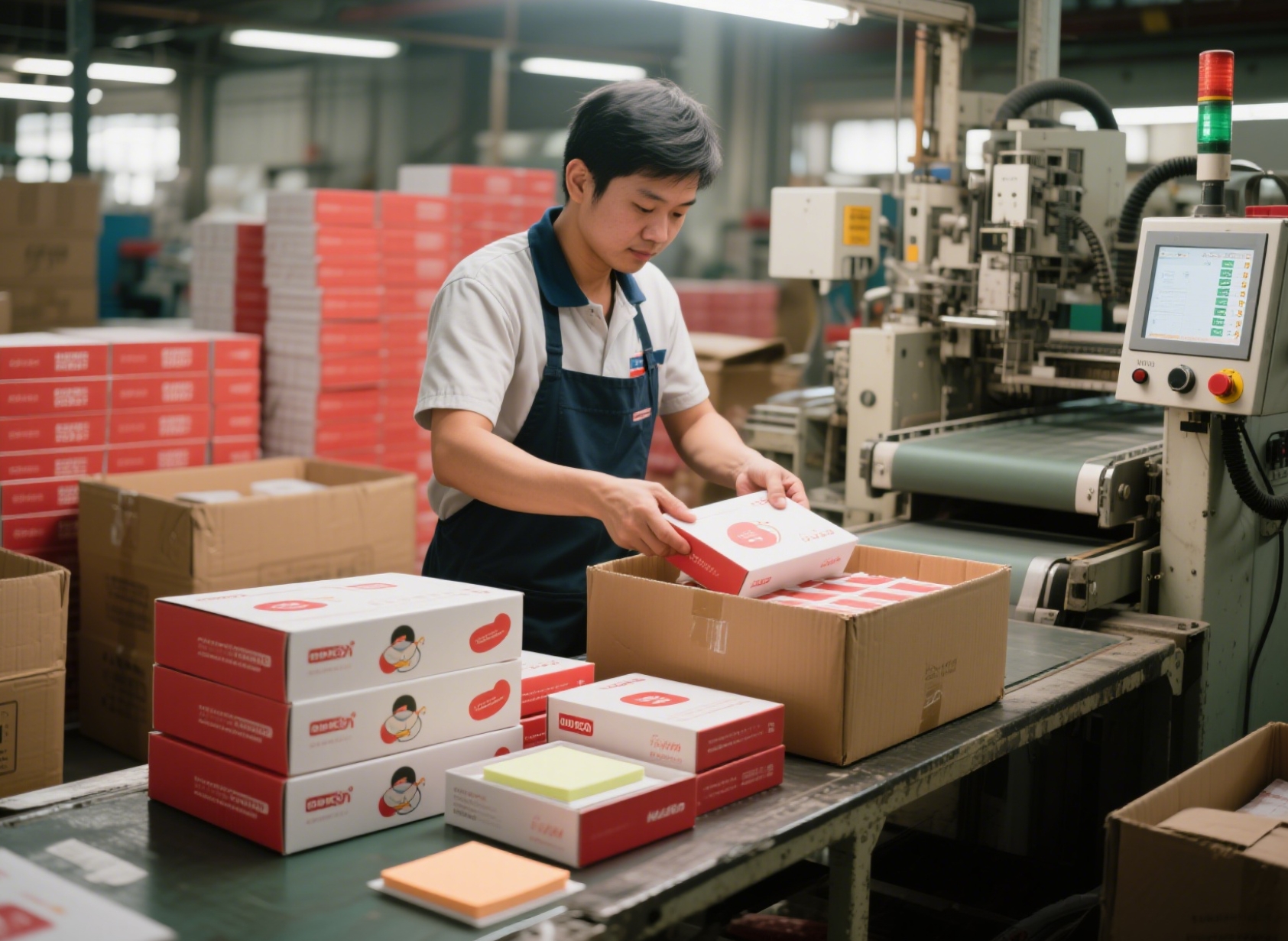
The manufacturing of sticky notes is a fascinating blend of paper converting and adhesive technology. As I mentioned, at Kylin Machine, our specialty is machinery for items like high-quality jewellery boxes or durable book covers, often involving our advanced Robotic Spotters. However, the underlying principles of precision, material handling, and automated efficiency are very similar to what you’d find in a sticky note production line.
The process generally follows these key steps:
- Paper Preparation: It all starts with large rolls of paper. The quality of this paper is important because it affects how well the adhesive works and how nice it is to write on. Sometimes, this paper is printed first. This could be with lines, grids, company logos, or different background colors. This printing happens before the adhesive is applied.
- Adhesive Application: This is a very critical step. A unique, repositionable pressure-sensitive adhesive is applied in a precise strip along one edge of the paper. The technology here is quite clever. It ensures the adhesive is strong enough to stick to surfaces but also allows the note to be removed cleanly and re-stuck multiple times without leaving residue. This reminds me of the precise glue application systems we use in our Kylin post-press machines. For example, when making a luxury rigid box, the glue has to be applied perfectly for a quality finish, just like with sticky notes.
- Drying/Curing: Once the adhesive is applied, it needs to be dried or cured. This makes sure it has the right level of tackiness.
- Stacking and Cutting: The paper, now with its strip of adhesive, is then stacked into tall piles. These stacks are then very precisely cut into the final size of the sticky note pads.
- Padding and Packaging: The cut stacks are then formed into pads, often with a backing sheet for support. Finally, they are packaged, ready to be shipped and sold.
| Stage | Key Action | Importance | Kylin Machine Parallel (Concept) |
|---|---|---|---|
| Paper Handling | Unwinding, tension control, printing (optional) | Consistent feed, base for quality | Material feed systems in our machinery |
| Adhesive Application | Precise coating of repositionable adhesive | Core functionality of the sticky note | Precision gluing units |
| Cutting & Stacking | Accurate sizing and layering | Uniformity and usability of pads | Cutting and forming in box making |
| Quality Control | Checks for adhesion, cut, print quality | Ensuring product meets standards | Our strict QC management for all machines |
Understanding these steps shows that even a seemingly simple product like a sticky note benefits from sophisticated manufacturing processes. The efficiency and quality control in such lines are what allow these useful items to be produced in vast quantities at an affordable price. It’s this dedication to quality and efficiency that we also build into every Kylin machine, serving over 2,500 users in more than 20 countries.
What is the sticky note productivity method?
Want to make sticky notes efficiently? Manual methods are too slow for any real volume. Automated production lines are the key to high productivity.
The sticky note productivity method relies on automated machinery for continuous paper feeding, adhesive application, precise cutting, and rapid stacking, minimizing manual labor and maximizing output.
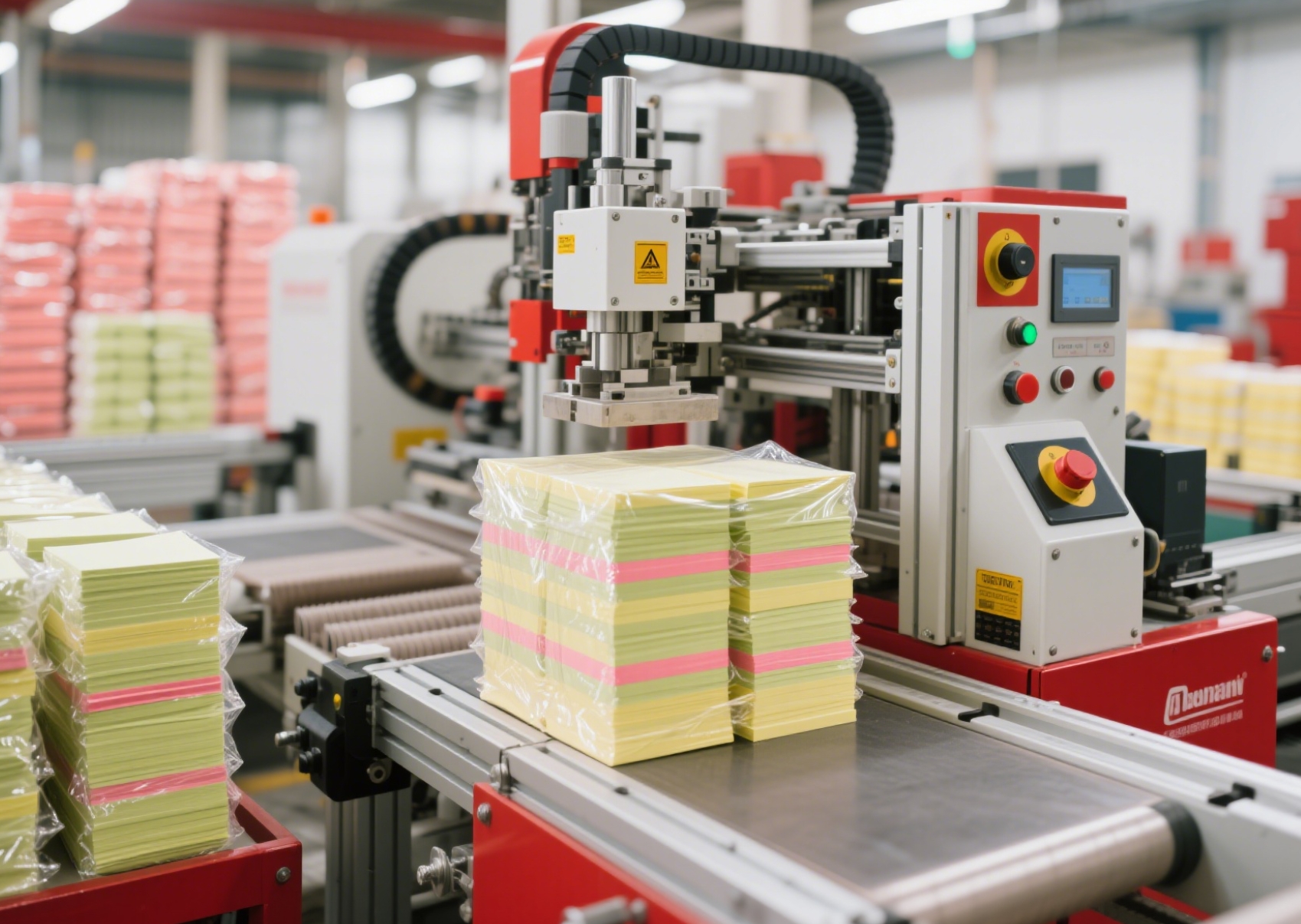
When we talk about the "sticky note productivity method," we are really talking about the industrial-scale, automated processes that make mass production possible. At Kylin Machine, our focus is on high-technology solutions like Robotic Spotters and Hybrid systems used in rigid box and hard book cover solutions. But the basic goal of getting the most output while keeping quality high is the same in many manufacturing areas, including making sticky notes.
Key elements of a productive sticky note manufacturing line include:
- Automation: This is the most important part. Machines do tasks that would take a very long time and be inconsistent if done by hand. This includes:
- Continuous Web Feeding: Paper is fed from large rolls (called webs) without stopping into the machine.
- Automated Adhesive Application: Special units put the adhesive strip on the paper precisely and consistently every time.
- High-Speed Cutting: Guillotines or rotary cutters slice the paper into sheets and then into pads very quickly.
- Automated Stacking and Collation: Machines stack the cut sheets into pads with the correct number of sheets.
- Line Integration: The different stages like printing, putting on adhesive, cutting, and stacking are often linked together in one continuous production line. This means less handling of materials and fewer slowdowns.
- Quality Control Systems: Sensors and checks along the line can look for problems in printing, adhesive, or cutting. This makes sure that only good quality products move forward. This is like how our Kylin machines have quality control built in to make sure every box or cover meets the standards our customers expect.
- Efficient Material Usage: Using as little paper and adhesive as possible without wasting any is very important for keeping costs down and being productive.
| Productivity Factor | Description | Impact on Output |
|---|---|---|
| Automation Level | How much of the work is done by machines instead of by hand. | Greatly increases speed and lowers the chance of mistakes. |
| Line Speed | How fast the production line processes paper (for example, meters per minute). | Directly controls how many pads are made per hour. |
| Changeover Time | How long it takes to switch the line from making one type of product to another (like a different size or color). | Shorter changeover times mean less time when the machine is not running. |
| Reliability | How often the machinery is running without breaking down. | Keeps production flowing smoothly. |
While Kylin Machine makes machinery for more complex packaging like rigid boxes, the ideas of efficient, automated production are the same everywhere. Our experience in designing machines that run reliably for thousands of users all over the world helps us understand what makes any production line productive. We have a factory of 5,000 square meters in Dongguan, China, and a team of over 120 skilled workers, so we know a bit about productivity.
How do you make a sticky pad?
Curious about the specific steps to form a single pad? It’s not just loose sheets; they stick together neatly. Let’s look at how individual sheets become a cohesive pad.
A sticky pad is made by stacking sheets of paper, each with a strip of repositionable adhesive, and then typically binding them lightly or relying on the collective adhesion.
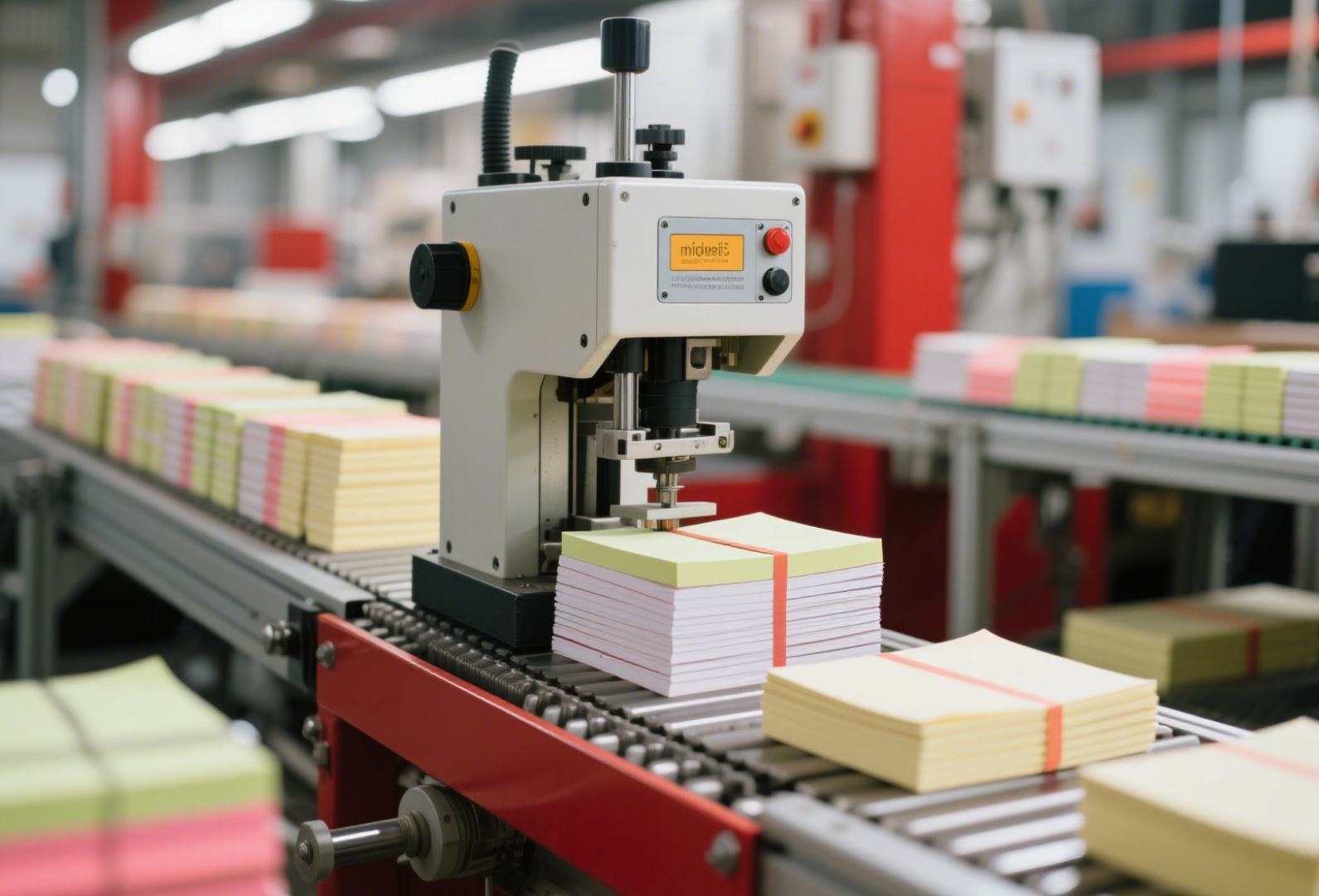
Creating a "sticky pad" from individual sheets that have adhesive on them involves a few important steps. This happens after the paper has been printed (if it needs printing) and after the special adhesive has been put on and dried. As Jacob from Kylin Machine, I really appreciate the need for precision in these kinds of post-press operations. Forming pads correctly is a good example of this.
Here’s a more detailed look at how a stack of paper becomes a useful sticky pad:
- Sheet Collation and Stacking:
- First, the large rolls of paper with adhesive are processed. Often, they are cut into large "master" sheets. These sheets are then stacked very precisely, one on top of the other. The important thing here is that the adhesive strip on each sheet lines up correctly with the sheet below it.
- The number of sheets that go into each pad (for example, 50 sheets or 100 sheets) is decided beforehand. Automated systems count the sheets and gather the right number for each pad.
- Cutting to Final Pad Size:
- Next, the tall stacks of these gathered sheets are moved to a cutting machine. High-precision guillotine cutters are used to slice these big stacks into the smaller, individual pad sizes (like 3×3 inches, or any other standard or custom size).
- This cutting has to be very accurate. This makes sure all the pads are the same size and have clean, neat edges. This part reminds me of the precision cutting our Kylin machines do when they are making the flat pieces for boxes or the covers for books.
- Pad Formation/Binding (Light):
- For some types of sticky notes, the slight stickiness of all the adhesive strips together is enough to hold the pad together once it’s cut.
- In other cases, a very small amount of a binding agent (like a light glue) might be put on one edge. This is usually the edge opposite the main adhesive strip. Sometimes it’s the top edge if the pad has a cover sheet. This just helps to give the pad a bit more strength before someone peels off the first sheet. It’s not a strong, permanent binding like you find in a book.
- Sometimes, a slightly thicker piece of card is added to the bottom of the pad to make it more rigid.
- Quality Checks: All through this process, there are quality control checks. These make sure the adhesive is working right, the cuts are clean, and the pads are formed correctly.
| Pad Formation Step | Detail | Purpose |
|---|---|---|
| Sheet Stacking | Aligning adhesive strips, counting sheets accurately. | Ensures each sheet will stick and peel correctly, correct pad count. |
| Precision Cutting | Guillotining stacks into final pad dimensions. | Creates uniform, saleable pads with clean edges. |
| Pad Cohesion | Relying on adhesive tack or light edge binding. | Holds the pad together until individual notes are used. |
| Optional Backing | Adding a cardstock base. | Provides support and a more premium feel to the pad. |
The change from loose sheets of paper to a neat, usable sticky pad really shows how efficient modern converting machinery can be. It’s about taking a simple material and, by doing a series of precise steps, creating a product that is very useful. This focus on precision and transforming materials is something we value highly at Kylin Machine.
How do I make sticky notes in factory?
Thinking of factory-scale sticky note production? It requires more than just a craft setup. It involves specialized machinery, workflow, and quality control.
Making sticky notes in a factory involves a production line with machines for paper unwinding, adhesive application, drying, printing (optional), slitting, cutting, stacking, and packaging.
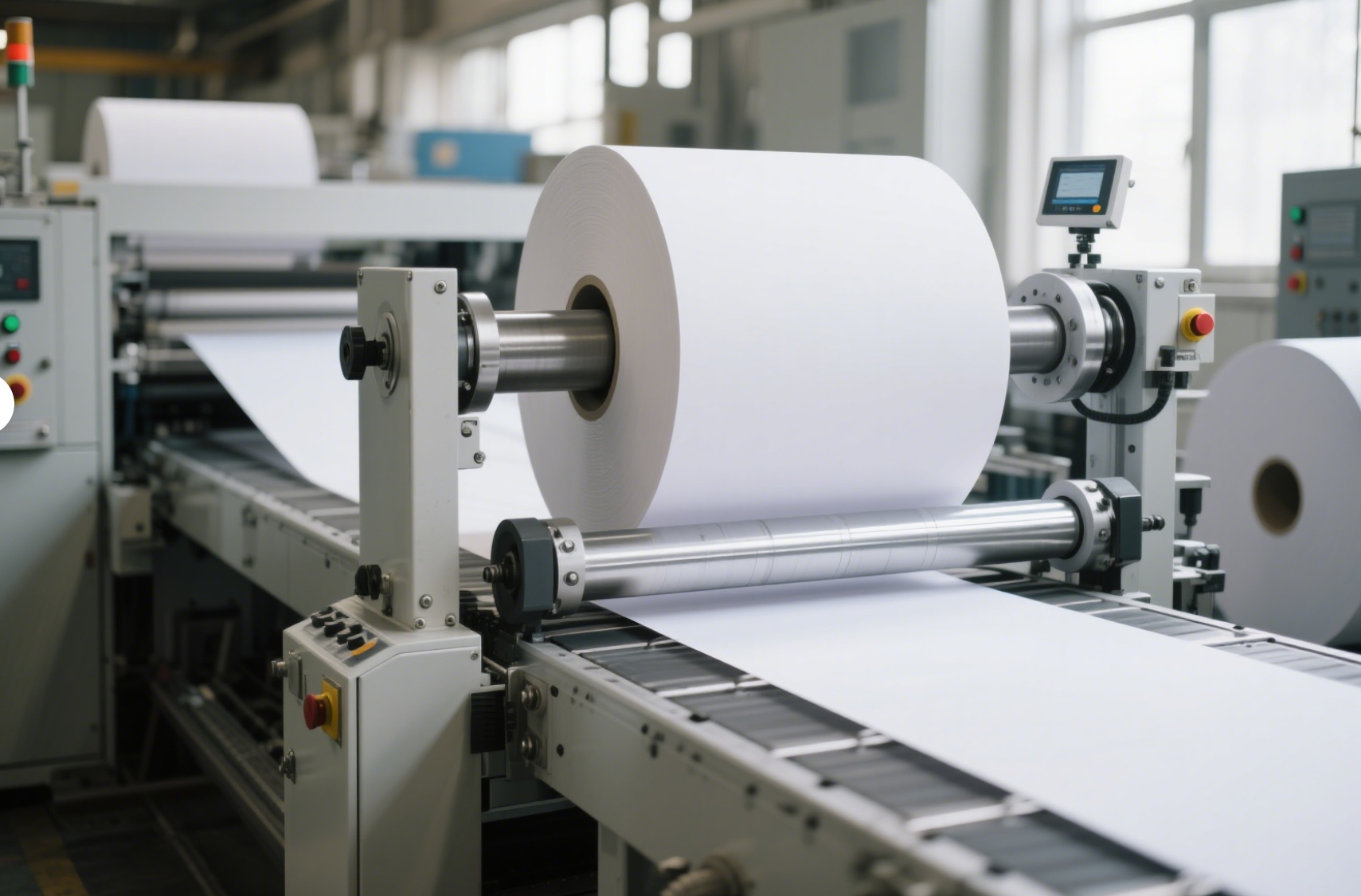
Setting up to make sticky notes in a factory is a much bigger operation than making them by hand or in a small workshop. It means you need to invest in special machines and set up an efficient way of working. As someone who has built Kylin Machine from a small beginning to a factory of 5,000 square meters that produces complex packaging machinery, I understand what this kind of step involves. We now have a monthly capacity of about 60 sets of packaging machines.
Here’s what a factory setup for making sticky notes usually includes:
- Raw Material Handling:
- Paper: You start with very large, heavy rolls of paper, often called jumbo rolls. You need equipment to handle these rolls and feed them into the production line. These rolls are stored until needed.
- Adhesive: The special repositionable adhesive is usually bought in large amounts (bulk) and stored carefully. You need systems to pump or move this adhesive to the machines that apply it.
- Core Production Machinery: This is the heart of the factory.
- Unwinder & Splicer: An unwinder feeds the paper from the roll. A splicer is a clever machine that can join a new roll of paper to the end of an old one without stopping the production line.
- Printing Units (Optional): If the sticky notes need to have lines, grids, company logos, or full-color pictures, you’ll need printing machines. Flexographic or offset printers are common.
- Coater/Adhesive Applicator: This is a precision machine that applies the strip of adhesive accurately onto the paper.
- Dryer/Curing Oven: After the adhesive is applied, it goes through a dryer or oven to set it properly.
- Slitter/Rewinder (Sometimes): If you are making several lanes of notes from a wide roll of paper, a slitter cuts the wide web into narrower ones. Sometimes it’s rewound for another step.
- Sheeter/Cutter: This machine cuts the continuous web of paper into individual sheets.
- Stacker/Collator: This machine gathers the cut sheets into stacks, ready to become pads.
- Guillotine Cutter: This is for the final cutting of the tall stacks into individual pads of the correct size.
- Finishing and Packaging Machinery:
- After the pads are made, you need machines for packaging them. This could be shrink-wrapping the pads, putting paper bands around them (belly bands), or putting them into boxes.
- Quality Control Stations:
- At different points along the production line, there are stations to check the quality. People or sensors check the print quality, make sure the adhesive is working right, check that the cuts are accurate, and that the pads have the correct number of sheets.
- Workflow and Layout:
- The way the factory is laid out is very important. It must be designed so that materials can move smoothly from one stage to the next, without causing delays or bottlenecks. This is something we at Kylin Machine think about very carefully when we design our larger automated lines for making rigid boxes.
- Manpower:
- You need skilled people to operate and maintain the machinery. You also need quality control staff, and people for handling materials and organizing the logistics of getting raw materials in and finished products out. Our team of over 120 skillful and diligent workers at Kylin Machine is crucial to our success.
| Factory Aspect | Key Components / Considerations | Analogy to Kylin Machine Operations |
|---|---|---|
| Machinery Line | Integrated units for continuous flow from raw paper to finished pad. | Our automated rigid box lines (e.g., with robotic spotters). |
| Material Flow | Efficient movement of paper, adhesive, and finished goods. | Optimizing workflow in our 5,000 sqm factory for ~60 machines/month. |
| Quality Systems | Inline and offline checks for product consistency. | Our strict QC management and R&D ensure high-quality machine output. |
| Skilled Workforce | Operators, maintenance, QC. | Our team of over 120 skillful workers. |
Starting a factory for sticky notes, just like any manufacturing business, needs good planning, investment in the right equipment, and a strong focus on efficiency and quality. The product might be different from the high-end rigid boxes or book covers our Kylin machines help create for clients in the Graphic Arts, Paper Converting, and Bookbindery industries, but the basic ideas of good manufacturing are very much the same. We’ve learned this by serving thousands of users in over 20 countries.
Conclusion
Making sticky notes involves precise machinery and well-thought-out processes. Quality and efficiency, which are key in all manufacturing, ensure these handy tools are always available for us.

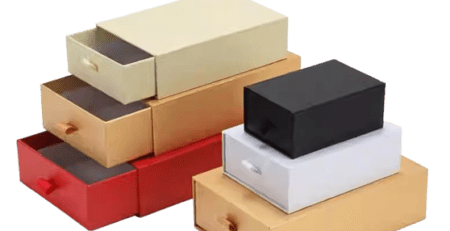

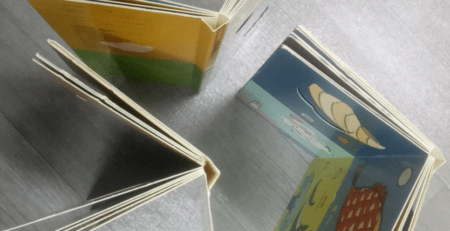
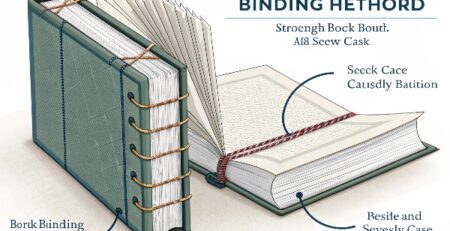
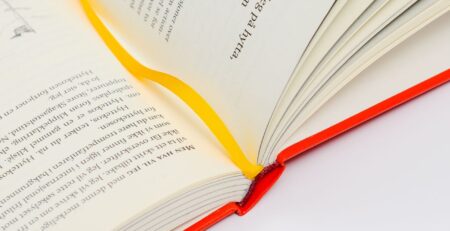
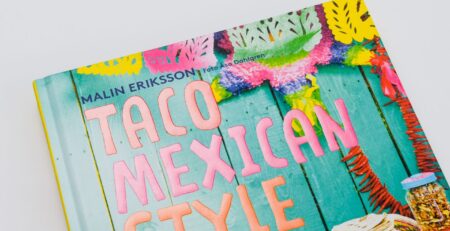
发表回复